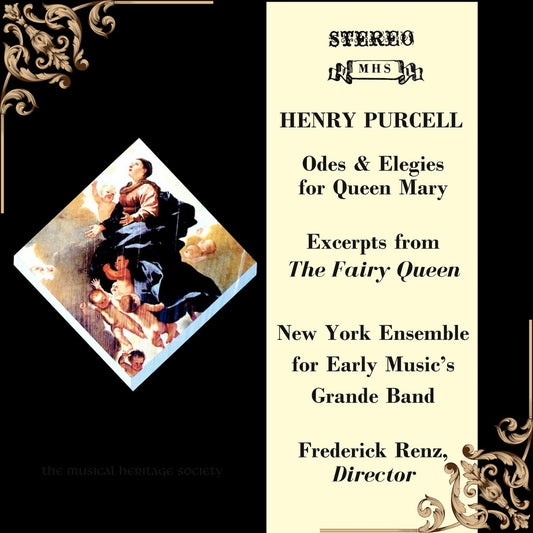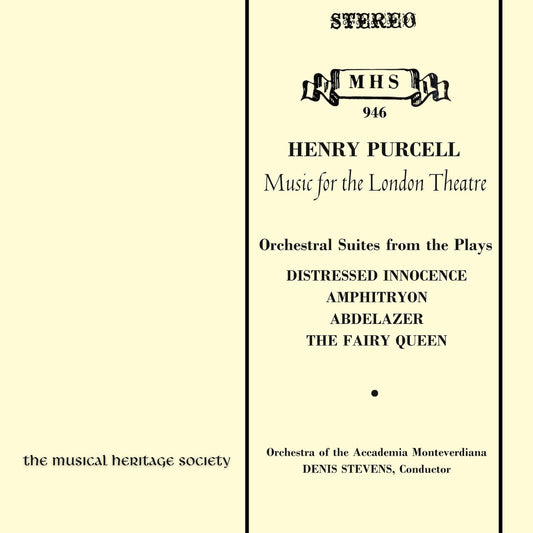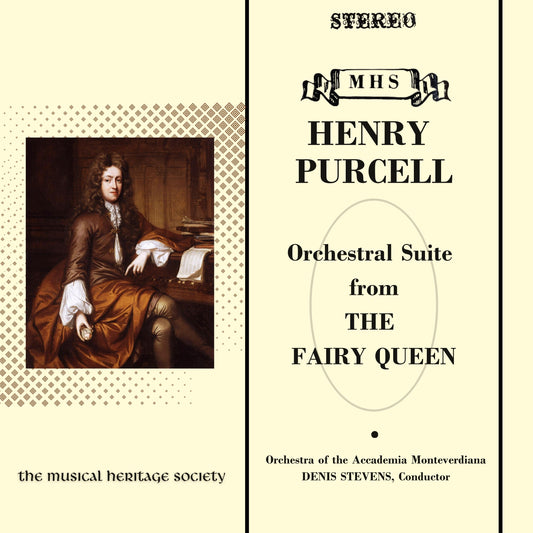Collection: HENRY PURCELL (c. 1659 – 1695)
Henry Purcell (c. 1659 – November 21, 1695) stands as one of England's greatest composers, arguably the most original and significant figure of the Baroque era produced by the nation. In a remarkably productive but tragically short life, he synthesized English traditions with continental European styles (particularly French and Italian) to create a unique musical language marked by expressive depth, harmonic boldness, and melodic invention. Revered in his time and often referred to as the "Orpheus Britannicus," his work spans sacred anthems, court odes, instrumental fantasies, innovative theatre music, and England's most celebrated early opera.
Born in Westminster, London, likely in 1659, Purcell came from a musical family. His father, Henry Purcell Sr. (or possibly his uncle Thomas), was a gentleman of the Chapel Royal, the sovereign's primary musical establishment. Following his father's death, young Henry became a ward of his uncle Thomas, who ensured his musical education continued within the Chapel Royal. He served as a chorister under Captain Henry Cooke and later Pelham Humfrey, who had studied in France and Italy and brought continental influences back to the English court. Purcell also likely studied with the esteemed composer and organist John Blow. His prodigious talent was evident early; by his late teens, he was already composing professionally. An early appointment involved tuning the organ at Westminster Abbey in 1674.
Purcell's formal career began swiftly. In 1677, he succeeded Matthew Locke as composer-in-ordinary for the King's Violins, a key instrumental ensemble. A more significant appointment followed in 1679 when, still only about 20 years old, he succeeded his teacher John Blow as organist of Westminster Abbey, one of the most prestigious musical posts in the country. This position required him to compose anthems and service music for the Abbey. In 1682, he was also appointed one of the three organists of the Chapel Royal (where Blow would later succeed him upon his death), solidifying his position at the heart of English musical life under King Charles II and later James II.
During these years, Purcell composed prolifically across various genres. For the court, he produced numerous elaborate odes and welcome songs celebrating royal events, showcasing his skill in writing for voices and instruments. His output of sacred music was substantial, including masterful anthems in both the older "full" style (for unaccompanied choir) and the contemporary "verse" style (alternating soloists and chorus with instrumental accompaniment), such as the celebrated "My Heart is Inditing." He also composed complex instrumental works, notably his Fantasias for viols (c. 1680), which demonstrated a sophisticated mastery of counterpoint, looking back to an earlier English tradition while infusing it with modern harmony.
While fulfilling his court and church duties, Purcell became increasingly involved in writing music for the public London theatres. This genre would dominate his later output, particularly after the Glorious Revolution of 1688 lessened court patronage under William III and Mary II. He provided incidental music (songs, dances, instrumental pieces) for dozens of plays. More significantly, he became the foremost composer of the distinctive English genre known as the semi-opera or dramatic opera – essentially plays incorporating extensive musical scenes, masques, and spectacle. His contributions include masterpieces like King Arthur (1691, with text by John Dryden), The Fairy-Queen (1692, an adaptation of Shakespeare's A Midsummer Night's Dream), and The Indian Queen (1695, left unfinished and completed by his brother Daniel).
Purcell's only true opera (sung throughout) is Dido and Aeneas (c. 1688/89). Believed to have been composed for performance at a girls' school in Chelsea, this concise masterpiece stands as a landmark of English opera. Its direct emotional power, masterful characterization, poignant chromaticism, and unforgettable lament ("When I am laid in earth") demonstrate Purcell's supreme dramatic genius.
His final years saw continued activity, including annual odes for St. Cecilia's Day (the patron saint of music) and the profoundly moving Music for the Funeral of Queen Mary (1695), parts of which were performed at his own funeral later that same year. Henry Purcell died on November 21, 1695, at the height of his powers, possibly from tuberculosis. He was buried adjacent to the organ in Westminster Abbey.
Purcell's style is marked by exceptional word setting, daring harmonies often featuring poignant dissonances ("English discords"), fluid and memorable melodies, and a skillful blend of intricate counterpoint with dance-like rhythms. Though he had few direct successors of comparable stature, his music enjoyed periodic revivals and profoundly influenced later English composers. He remains a cornerstone of English musical heritage, celebrated for his unique ability to combine technical brilliance with deep emotional resonance.









